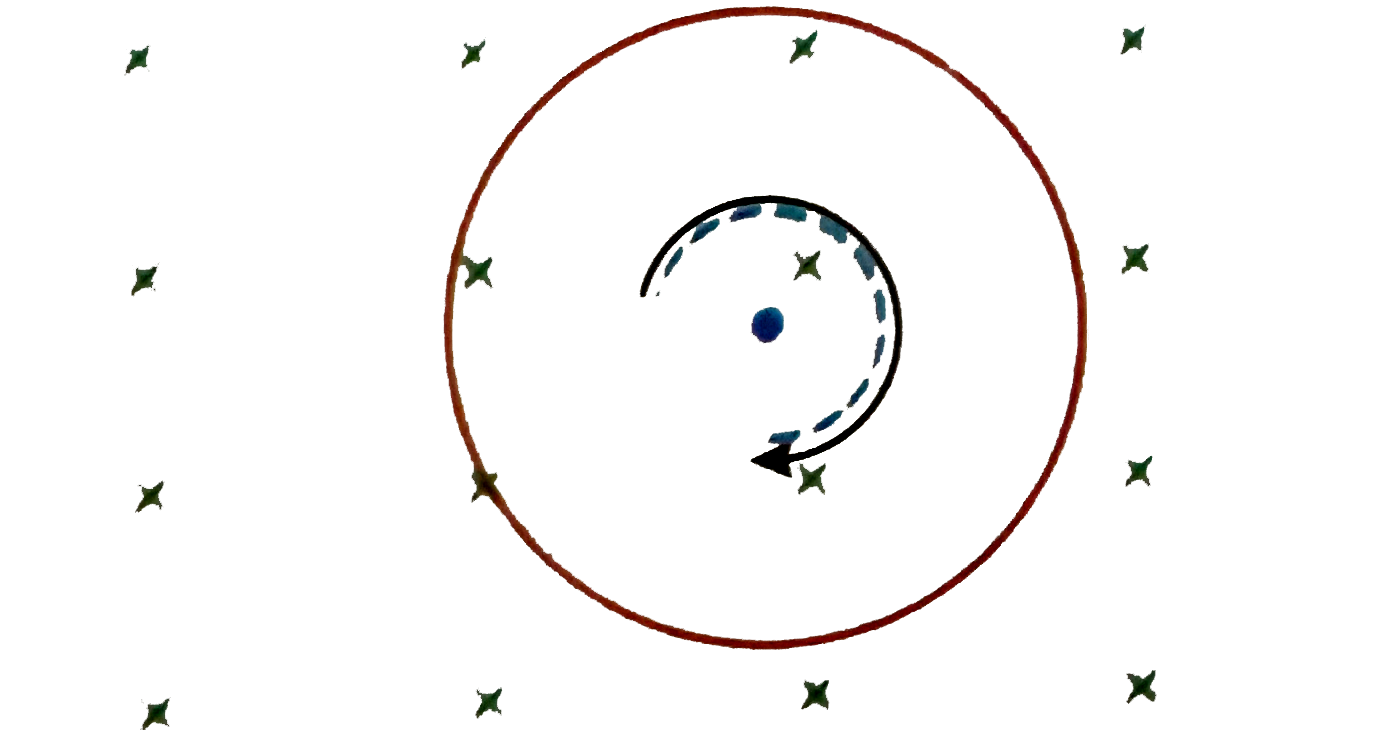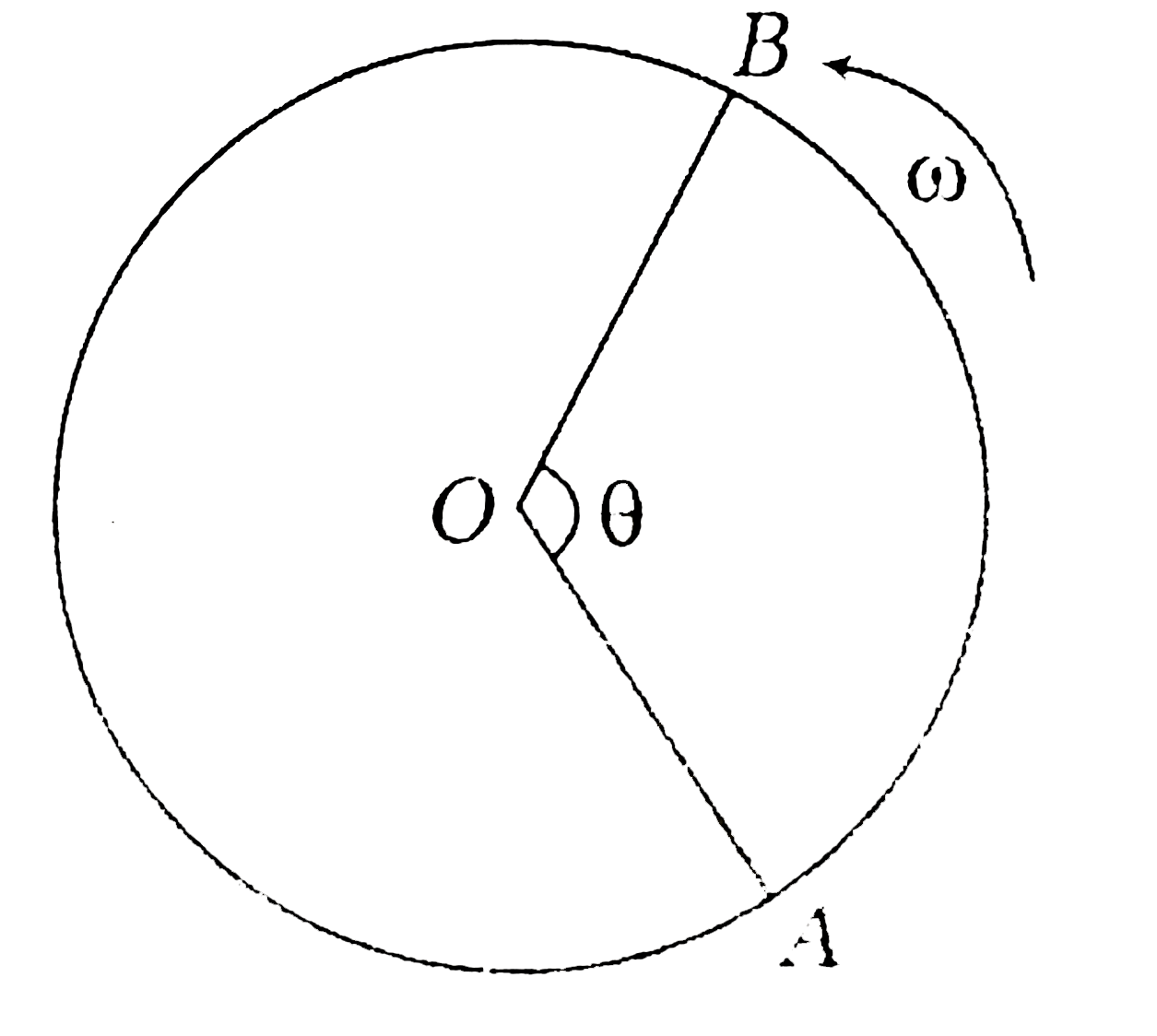A conducting disc of radius spins about its axis an angular velocity . There is a uniform magnetic field of magnitude perpendicular to the plane of the disc is the centre of the disc.
(i) No emf is induced in the disc
(ii) The potential difference between and the rim is
is at a higher potential than the rim
(iv) Current flows between and the rim

none
The correct Answer is:B
A conducting disc is equivalent to a rod

Topper's Solved these Questions
Similar Questions
A copper disc of radius 1m is rotated about its natural axis with an angular velocity 2rad/sec in a uniform magnetic field 5 telsa with its plane perpendicular to the field. Find the emf induced between the centre of the disc and its rim.
View SolutionA conducting disc of radius r rotates with a small but constant angular velocity ω about its axis. A uniform magnetic field B exists parallel to the axis of rotation. Find the motional emf between the centre and the periphery of the disc.
View Solution
Knowledge Check
A horizontal ring of radius r spins about its axis with an angular velocity ω in a uniform vertical magnetic field of magnitude B. The emf induced in the ring is
AzeroBπr2ωBC12Br2ωDBr2ωA non-conducting disk of radius R is rotating about its own axis with constant angular velocity ω in a perpendicular uniform magnetic field B as shown in figure. The emf induced between centre and rim of disk is
 ABωR22BBωR2CZeroDBωR23
ABωR22BBωR2CZeroDBωR23a conducting disc of radius R roatates about its axis when an angular velocity ω.Then the potential difference between the centre of the disc and its edge is (no magnetic field is present ):
AzeroBmeω2R22eCmeω2R23eDemeω2R22
A metal disc of radius R rotates with an angular velcoity ω about an axis perpendicular to its plane passing through its centre in a magnetic field B acting perpendicular to the plane of the disc. Calculate the induced emf between the rim and the axis of the disc.
View SolutionA circular disc of radius 20 cm is rotating with a constant angular speed of 2.0rad/s in a uniform magnetic field of 0.2 T. Find the e.m.f. induced between the centre and rim of the disc. Given magnetic field is along the axis of rotation of disc.
View SolutionA non-conducting disc having unifrom positive charge Q, is rotating about its axis with unifrom angular velocity ω.The magnetic field at the centre of the disc is.

View SolutionA circular copper disc of radius 25 cm is rotating about its own axis with a constant angular velocity of 130rad/s . If a magnetic field of 5×10−3 Tesla is applied at right angles to the disc, then the induced potential difference between the centre and the rim of the disc will approximately be __
View SolutionA circular disc of radius R is rotating about its axis O with a uniform angular velocity ωrad s−1 as shown in the figure. The magnitude of the relative velocity of point A relative to point B on the disc is

View Solution
